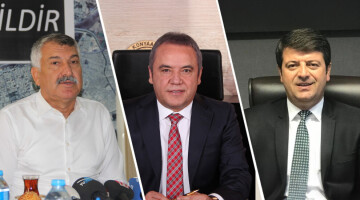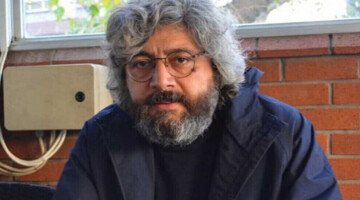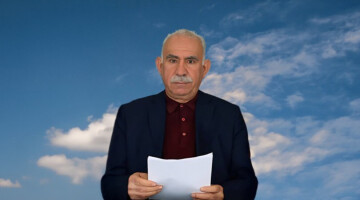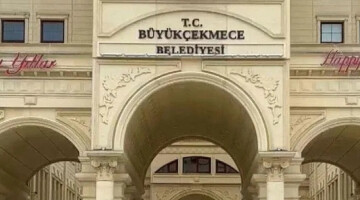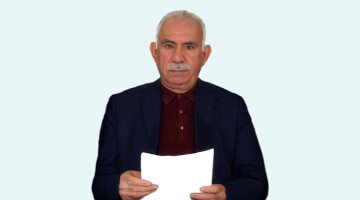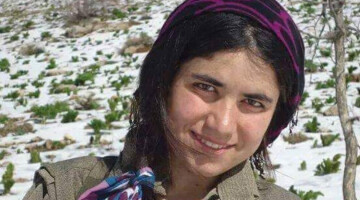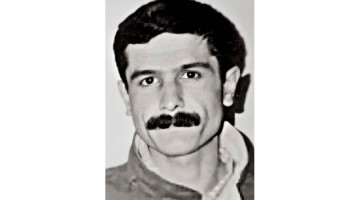Peoples of Syria had revolted demanding change in Syria in 2011 and went into action against the Batah regime. But the bloody suppression of the Baath regime led Syria to a civil war.
The local and foreign gang groups gathered under the name Free Syrian Army betrayed the Syrian peoples’ demand for change, transformation, justice and freedom and started acting in their own interest, and the interests of international powers.
Apart from the FSA, Al Qaeda groups like Jabhat Al Nusra, Ahrar Al Sham entered the Syria front. With the inclusion of these groups in the Syrian civil war, the situation turned into a deadlock.
Gang groups under ISIS, Jabhat Al Nusra, Ahrar Al Sham and the FSA started invading Syrian cities one by one and drove the peoples of Syria to internal and external migration. These gang groups forced their own world views on the people in the cities, towns, villages and hamlets they invaded and oprressed, exploited and tortured the people.
Manbij is one of these gang-invaded cities. Manbij was invaded by the FSA in the start of the war, followed by Jabhat Al Nusra and Ahrar Al Sham, and lastly by ISIS.
Everything in the city took a turn for the worse after ISIS invaded in 2014.
MANBIJ
Manbij is in the northern part of Syria, 85 km from Aleppo, 45 from Jarablus, 65 from Kobanê and 40 from Al Bab.
Manbij has 4 districts: Ebû Qelqel, Ebû Kehef, Meskene and Xefsa. Manbij is one of the diverse cities of Syria. Circassian, Arab, Turkmen and Kurdish people and other ethnicities used to live in the city.
The city was comprised of 65% Arabs, 25% Kurds, 5% Circassians and %2 people of other ethnicities and faiths.
The world heard of Manbij after the ISIS invasion of 2014. Manbij is a city 30 km west of the Euphrates.
Manbij was invaded by the gang groups in Syrian National Coalition between 2011-2014 and ISIS removed the SNC gangs to take their place in 2014.
Tribal life and tribal ties are very strong in Manbij. Sunni Arab population is the majority in the city, like in Raqqa. This population of Sunni Arabs have ties and relationships with the Sunni Arab tribes in the west of Iraq.
Manbij had a large Kurdish population, like Ayn Isa, but the Kurdish population in the region was diminished systemically over time.
The systemic attack and collapsing policies against the Kurdish people increased after the Syrian civil war started. The Kurdish people faced increasing massacres in both the 2011-2014 period of SNC invasion and the ISIS invasion. The attacks continue to this day, with the aim of ridding the region of Kurdish people.
IMPORTANCE OF MANBIJ
Manbij is a city located to the northwest of Syria. It has a strategic location connecting the trade routes between the major cities of Syria and western cities of Iraq such as Mosul and Baghdad.
The city of Manbij is a major transition point leading to Aleppo, Shehba region, Raqqa, Azaz and Jarablus. Great agricultural projects in the region attracted tens of thousands from other cities of Syria to Manbij. This case has naturally led up to the change of the demography of the city and the region. Manbij is located at a point where major routes opening to entire Syria intercept. Due to this geographical position and strategic importance, Manbij operates as the carotid artery of ISIS gangs.
LIFE BEFORE AND AFTER ISIS IN MANBIJ
Before the beginning of the civil war, life in Syria was relatively different in comparison to other Arab countries.
People of Manbij would freely spend time outside, visit parks and cafes, enjoy dinners in restaurants till the late night hours during the summer months. Women and men would go to places of entertainment together, and they would even join demos against the Assad regime together.
Yet, the situation in Manbij changed gradually in the wake of the civil war that began in 2011 and the occupation of gang groups affiliated with the Syrian National Coalition from 2011 to 2014. The city degraded into a place dominated by sharia laws. The situation in the city got worse with the occupation of the ISIS gangs in the year of 2014.
After seizing the control of the entire city, ISIS gangs formed a system with local people and former staff of the government. They introduced sharia laws and formed their own sharia courts within the scope of this system.
It was impossible to resist or protest the practices of the ISIS gangs that occupied Manbij. The residents of the city did therefore have to obey the laws of ISIS gangs in order to gain access to security, food and service.
Yet, energy and water supplies in the city were destroyed and life became more difficult for civilians in the face of the intensified aerial bombardments of the US-led international coalition in the recent period.
LIFE UNDER ISIS OCCUPATION IN MANBIJ
The treatment of women in the ISIS-occupied areas has been covered by the press to some extend. Statements of locals, mainly women, in the areas liberated by YPG/YPJ and SDF forces, reveal how they had been treated by the ISIS gangs.
Young women were never allowed to go out alone without a close relative (generally their fathers, brothers or husbands). Women had to wear burqa or veil that covered all their bodies from head to toe.
ISIS gangs also established so-called Islamic asayish (public security) units that inspected women in Manbij like they did in Raqqa.
A special asayish unit constantly patrols on streets to inspect the clothes of men as well, and make sure that laws of sharia be realized. It is forbidden to smoke and those who do are subjected to lashing in the event of being caught by so-called security units. In addition, men do have to go to mosque to perform prayer five times a day.
To be continued.

